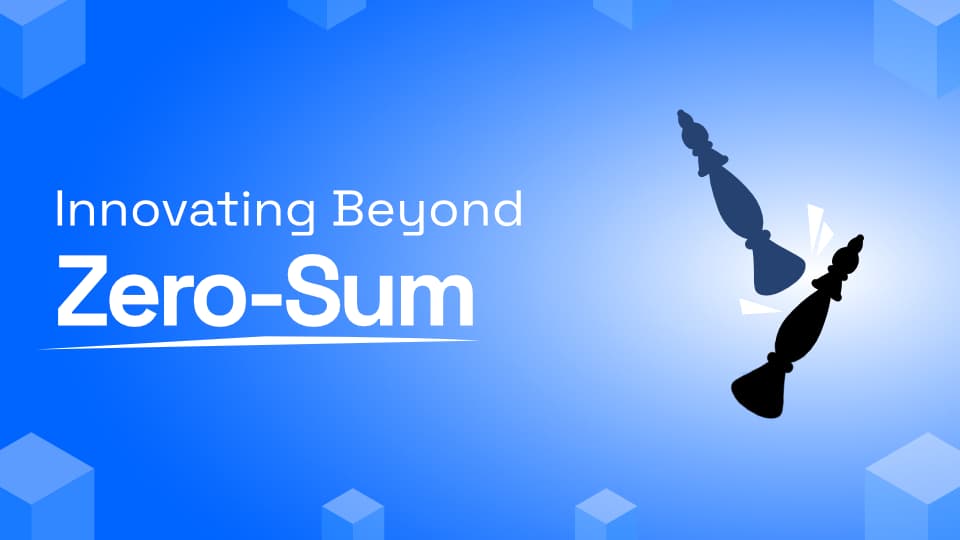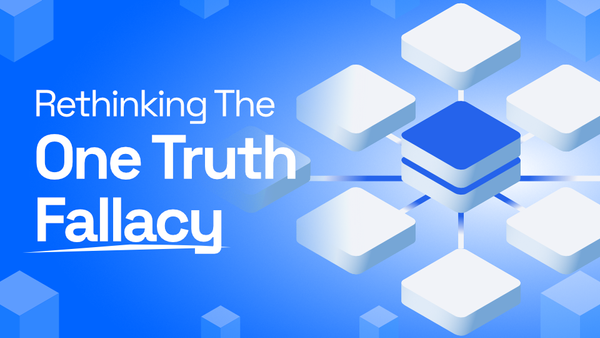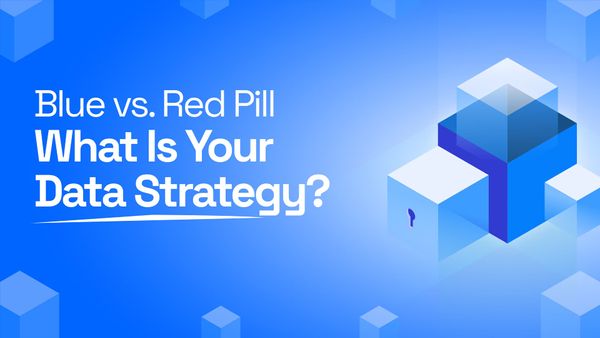The Art of AEC: Traditional and Innovative Tools
Picture the AEC industry as a skilled artisan crafting intricate structures and systems. They need a versatile set of tools to bring their visions to life. Industry heavyweights forge some tools, while niche creators handcraft others. This virtual workshop has been powered by heavyweight proprietary. It is now joined by Open-Source Software (OSS) entering the scene, offering a diverse palette of possibilities, just as a skilled craftsperson might use a combination of traditional and innovative tools to produce exceptional work.
Unleashing Collaboration and Innovation with OSS
Transparency, collaboration, and shared knowledge are the cornerstones of Open Source Software (OSS). In the same way, artisans from various disciplines collaborate to create unique art, and professionals in the AECO sector contribute diverse expertise to projects. This collaborative ethos fosters innovation and generates solutions tailored for industry-specific challenges, benefiting all stakeholders.
In addition to fostering a collaborative environment. OSS provides a versatile toolkit that empowers professionals in the AEC industry to innovate and customise their workflows. The open nature of OSS allows for free access to - and modification of - the source code, enabling tailored solutions to specific project needs. A culture of transparency, shared knowledge, and collaboration complements this flexibility. Together, these aspects enhance individual tools and improve project outcomes, creating a fit-for-purpose ecosystem that benefits everyone involved.
The resilience of OSS is one of its key strengths. Even if a leading company behind a project changes course or is acquired, the open codebase remains. This allows new contributors to step in, ensuring the project's longevity and preserving its value to the community. This inherent durability underscores the non-zero-sum benefits of open-source in the AEC sector.
Customisation and Connectivity: OSS Empowers Users
One of the strengths of OSS is its ability to empower users to modify and adapt the software to suit their specific needs. This level of customisation allows professionals in the AECO sector to develop tailored solutions, leading to improved project outcomes. Additionally, OSS encourages the development of interoperability solutions, breaking down silos between disciplines and software platforms.
Another advantage of this flexibility is that it creates a foundation upon which new solutions can easily be built. By providing accessible codebases and modular components, OSS enables innovators to extend existing tools, adding functionalities or integrating them into new systems without reinventing the wheel.
Embracing a diverse ecosystem of Open Source tools allows professionals to choose the most suitable tools for their specific needs, just as artists select the best materials for their work. This approach increases flexibility, enabling professionals to maximise efficiency and effectiveness by tailoring their workflows to their unique needs. As a result, professionals can easily switch between different tools as required.
Streamlining Workflows: Minimising Redundant Features & Overlapping Opportunities
By selecting fit-for-purpose tools, AECO professionals can minimise redundant features and functions that may exist when using all-in-one proprietary software solutions. For instance, an architect who needs only the 3D modelling capabilities of comprehensive design software can opt for a specialised Open Source tool like Blender, avoiding the clutter and complexity of unused features. A bespoke in-house data analysis script may be more tailored than a generic software applications function. This targeted approach helps reduce the learning curve of mastering multiple complex software packages, encouraging professionals to focus on their core competencies.
Overlaps in features and functions can exist in a diverse ecosystem of Open Source tools. For example, QGIS and ArcGIS offer geographic information system (GIS) capabilities. Rather than viewing these overlaps as competitive threats, the AECO sector can embrace them as opportunities for collaboration and cross-pollination. An engineering firm might use QGIS for its powerful Open Source spatial analysis targeting niche solutions and ArcGIS for its industry-standard cartography feature. By combining the strengths of those tools, they can create more comprehensive solutions. This fosters a non-competitive environment.
The Power of Non-Zero-Sum Collaboration
In the spirit of collaboration, we can look to other Open Source projects for inspiration. The Fedora and Ubuntu Linux distributions, AngularJS and ReactJS JavaScript frameworks, and even TensorFlow and PyTorch in the Machine Learning space have all benefited from collaboration despite being competitors. FreeCAD and Blender have also proven that connectivity can drive innovation in our AEC sphere. These examples might be harder to find in AEC, as OSS is less mature and diverse in this field than others. However, the principle remains the same - even competing Open Source projects can find ways to collaborate and benefit mutually.
Take, for example, the relationship between Speckle and IFC.js; both projects offer 3D viewers “competing” for the same user base. However, instead of focusing on superficial competition in providing an open-source 3D viewer for AEC data, we leverage their complementary strengths and work together.
::: tip Resources
Read this article to learn how you can make the most of our Speckle Viewer.
:::
Speckle currently leverages IFC.js's strengths in OpenBIM standards to enhance its IFC file upload capabilities in the web frontend. Equally, Speckle can offer alternatives like IFCOpenshell where it makes sense. This exemplifies how developers in the AEC industry can benefit from each platform’s unique yet complementary features. This ability to mix and match elements from each platform demonstrates the non-zero-sum richness of the OSS in the AEC ecosystem.
Building a Collaborative AEC Ecosystem
When different parts of the ecosystem can coexist and collaborate, innovation and growth within the AECO sector are stimulated. Professionals have access to a broader range of tools and resources, which can inspire new ideas and approaches to problem-solving.
While the critiques of proprietary software are valid, it is essential to acknowledge the contributions of large incumbents. These established tools have unique strengths invaluable to the AECO sector, and many of these companies also actively contribute to the Open Source ecosystem. Monolithic corporations like Autodesk and Google often invest heavily in OSS, either through financial support or by dedicating developer time to testing and contributing code to community projects.
Platforms like Speckle further enrich this ecosystem by enabling practitioners to mix and match various tools, including ArcGIS with QGIS, Rhino with Blender, and ArchiCAD with SketchUp and Revit. This creates a non-zero-sum environment where professionals can tailor their toolkit to the specific demands of each project, leveraging both proprietary and OSS.
“Like any company… we consume a lot of open-source,” said Martin, “I was brought in to help Autodesk’s open source strategy in terms of how we contribute back more effectively to open source, how we open source code within our environment, which we want to be a standard — code which is non-differentiating and not strategic IP. - Guy Martin, former Director Open@Autodesk
Speckle is a beneficiary of this open ecosystem and an active participant. We have contributed to essential tech projects like Nuxt.js, Knex.js, Apollo, and Vue.js. These contributions help sustain and improve these projects, which benefits Speckle by ensuring that the tools we rely on are robust and continually evolving.
OSS Does Not Mean Cheap But Does Equal Opportunity
In discussing the benefits of OSS in the AEC industry, it is important to highlight that costs should not be a primary focus. While OSS offers a cost-effective alternative to proprietary software, its true strength lies in its ability to unleash collaboration and innovation.
At the same time, the cost can be a barrier for small firms and independent professionals, just as high-priced art materials might be prohibitive for budding artists. OSS offers a cost-effective alternative, enabling smaller firms to compete with larger organisations, driving innovation, and promoting healthy competition within the industry (see examples from RHDHV and Bollinger+Grohmann).
Crafting Masterpieces: Celebrating Open Source and Proprietary Tools
The AECO sector's embrace of OSS and fit-for-purpose tools creates a collaborative, innovative environment that benefits all stakeholders. This diverse ecosystem is like an artist's studio filled with a mix of traditional and innovative tools, driving the industry forward and unlocking new opportunities for growth and success. Everyone benefits if more Open Source or proprietary software is developed and operated with this collaborative ethos.
What’s Next?
Join us at SpeckleCon: our virtual online conference, where we will focus on unlocking data to fuel collaboration, automation, and connectivity across all design workflows.
Over two days, you’ll participate in talks and workshops with fellow designers, coders, and entrepreneurs. Together, we will explore and build the tools and workflows you need to deliver and create value at scale.
Join us if you’d like to learn more!
Subscribe to our newsletter for more content like this.



